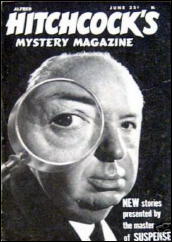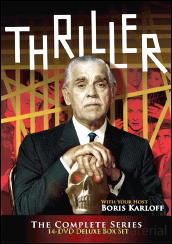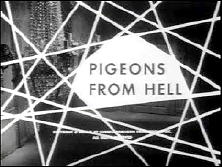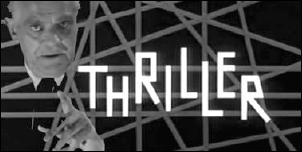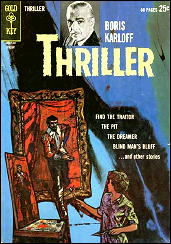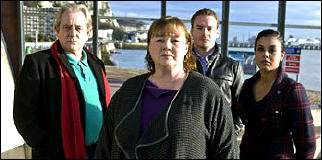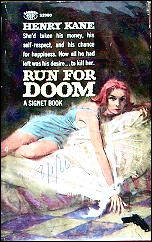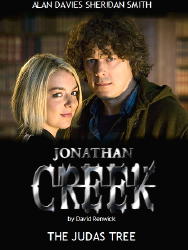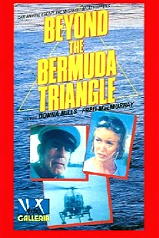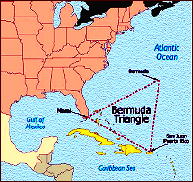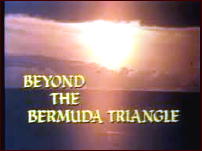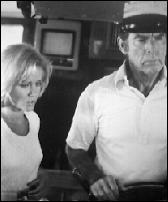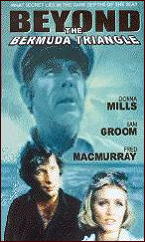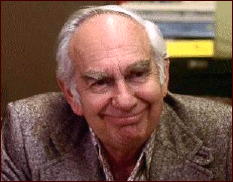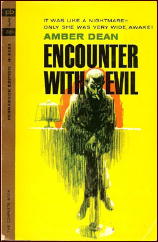GEORGES SIMENON IN THE NEWS
by Tise Vahimagi
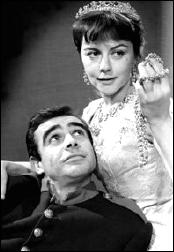
In mid-September 2010 the Library of Congress proudly announced that not only had it (the Library’s Moving Image Section) discovered some 68 rare British TV recordings in the Library’s National Educational Television (NET) Collection but they were handing over digital copies of this treasure trove representing Britain’s “golden age of television” to a very grateful British Film Institute (BFI).
These treasures include such rare finds as Sean Connery and Dorothy Tutin in Jean Anouilh’s Colombe (BBC, 1960), the Zeffirelli-directed (stage) Much Ado About Nothing (BBC, 1967) and director-producer Rudolph Cartier’s Rembrandt (BBC, 1969).
Perhaps for the crime and mystery buff, one of these treasures is (I am delighted to say) the 1966 BBC series Thirteen Against Fate, long considered “missing, believed wiped.” Now, along with the few surviving episodes held by the BFI, the discovery of the rest of the series (ten additional episodes from the Library of Congress) makes this, finally, a “complete” series. Soon, hopefully, all will be available for viewing; and, perhaps, one day, they’ll be out on DVD!
The following quotes are from the the British editions of the daily newspapers:
â— The series’ producer Irene Shubik said, at the time: “These plays are not for the squeamish. They are not light detective stories, but intense psychological studies of individuals deeply involved in the aftermath of murder or death.” (
The Sun, 13 July 1967).
â— “At the its best the series has given an insight into the criminal mind and brought a welcome relief from the cliché of the effortless, infallible and more or less immaculate detective.” (Daily Telegraph, 8 August 1966).
â— “The new Simenon series made an excellent start on Sunday. It is unlikely to be as popular as its predecessor [Maigret, BBC 1960-63)] for it lacks a reiterative figure like Maigret to give it a common stamp.
“Simenon is a master of naturalism, and absolute accuracy of detail and careful selection of that detail are essential for transposing him.” (Financial Times, 22 June 1966).
â— “An intelligent television crime series that concentrates on the character of the criminal instead of the almost invariably successful process of detection is overdue.” (Daily Telegraph, 20 June 1966).
â— “With Irene Shubik as producer the plays are so thoroughly and carefully set in their time and place that the atmosphere generated becomes a powerful element in their appeal.” (The Guardian, 27 June 1966)
This seems like an appropriate opportunity to present an episode guide for your perusal:
A BBC production. Produced by Irene Shubik. Transmitted via BBC1: June to September 1966. Based on 13 non-Maigret stories by Georges Simenon.
1. The Lodger (transmitted 19 June)
Script: Hugh Leonard. Director: James Ferman.
Cast: Zia Mohyeddin, Gwendolyn Watts, Gemma Jones.
Based on Simenon story “Le Locataire” (1934).
â— “The first of the new series was strong on all these points [previous
Financial Times quote]. Hugh Leonard didn’t compromise with the tale itself, a grimy little murder committed out greed and lust.” (
Financial Times, 22 July 1966).
â— “‘The Lodger’ was the first of 13 Simenon stories adapted for television, and it contained, surprisingly, not a whiff of Maigret, garlic or pipe-smoke. It was about the agony of a murderer on the run, and the terror of a simple Belgian family at discovering their paying guest is a killer.
“It kept its promise of being unsuitable for the squeamish, and, although the end was inevitable, it was a tense and moving experience.” (The Sun, 20 June 1966).
â— “The series made a telling, if high-pitched, start, dramatised by the admirable Hugh Leonard. The police get their man, but this is incidental, and the play chiefly shows what can be explored once the Maigrets and Barlows [the latter in reference to a popular Police Detective character played by Stratford Johns in the UK police series Softly, Softly (1966-69)] of this world are moved to one side.” (Daily Telegraph, 20 June 1966).
â— “Everybody concerned made a powerful affair of ‘The Lodger,’ the first of 13 novels by Georges Simenon to be shown on BBC1.” (The Times, 20 June 1966).
2. Trapped (26 June)
Scr: Julia Jones. Dir: George Spenton-Foster.
Cast: Ronald Lewis, Keith Buckley, Sylvia Coleridge.
Based on “Cours d’Assises” (1941).
â— “The second of a series of plays is a better test than the first; though the first impact is over, familiarity has not had time to set in. In the second of the Simenon plays on BBC1 last night the quality of the production was more firmly established than in the first, and on this showing they are going to be very good. Simenon’s stories in this series are about criminals rather than detection.” (
The Guardian, 27 June 1966).
â— “Those who turned to BBC1 last night hoping that the second of the new Simenon series woul provide them with a nice, cosy murder mystery, must have had an uncomfortable time.
“Simenon, of course, is concerned with crime, not with setting puzzles for his readers, and crime is on the whole a depressingly sordid business. Because character is destiny, a young petty criminal finds himself sentenced for a murder he has not committed.” (The Times, 27 June 1966).
3. The Traveller (3 July)
Scr: Stanley Miller. Dir: Herbert Wise.
Cast: Kenneth J. Warren, Hywel Bennett, André van Gyseghem.
Based on “Le Voyageur de la Toussaint” (1941).
4. The Widower (10 July)
Scr: Clive Exton. Dir: Silvio Narizzano.
Cast: Joss Ackland, Henry Gilbert, Patricia Healey.
Based on “Le Veuf” (1959).
5. The Judge (17 July)
Scr: Hugh Leonard. Dir: Naomi Capon.
Cast: Alexander Knox, John Ronane, Peter Howell.
Based on “Les Témoins” (1955).
6. The Schoolmaster (24 July)
Scr: Alun Richards. Dir: Peter Potter.
Cast: Stephen Murray, Helen Cherry, Cyril Shaps.
Based on “L’Evadé” (1936).
7. The Witness (31 July)
Scr: John Hale. Dir: John Gorrie.
Cast: Pamela Brown, Daphne Heard, Moultrie Kelsall.
Based on “Le Haut Mal” (1933).
8. The Friends (7 August)
Scr: Anthony Steven. Dir: Michael Hayes.
Cast: Jessica Dunning, Frederick Jaeger, Sandor Elès.
Based on “Chemin sans issue” (1938).
9. The Survivors (14 August)
Scr: Stanley Miller. Dir: Rudolph Cartier.
Cast: Lila Kedrova, David Buck, Kathleen Breck, Terence de Marney.
Based on “Les Rescapés du Télémaque” (1938).
10. The Son (21 August)
Scr: Jeremy Paul. Dir: Waris Hussein.
Cast: Joan Miller, Simon Ward, Jack Woolgar, Clive Dunn, [way down the cast list] Lila Kaye.
Based on “Les Destins des Malous” (1947).
11. The Murderer (28 August)
Scr: Clive Exton. Dir: Alan Bridges
Cast: Frank Finlay, Michael Goodliffe, Annette Crosbie, Lyndon Brook.
Based on “L’Assassin” (1937).
â— “The original story was particularly interesting, concentrating as it did upon the mind and motive of a murderer who was never finally charged, and [Clive] Exton built a powerful play upon it.
“It was set in a respectable little Dutch town where Dr. Kuperus shot his wife and her lover and the story follows his gradual disintegration as he becomes the object of suspicion.” (
The Guardian, 29 August 1966).
12. The Suspect (4 September)
Scr: Donal Giltinan. Dir: Michael Hayes.
Cast: Marius Goring, Mary Miller, Peter Halliday.
Based on “Les Fiançailles de M. Hire” (1933).
â— “Goring conveyed movingly the confusion and uncertainty of a man with some petty vices trying to cope with the police and the treacherous advances of a girl who is shielding the real killer.” (
The Sun, 5 September 1966).
13. The Consul (11 September)
Scr: Leo Lehman. Dir: John Gorrie.
Cast: Jonathan Burn, Michele Dotrice, Jeannette Sterke.
Based on “Les Gens d’en Face” (1933).
Editorial Comment: A complete listing of this recently uncovered cache of vintage BBC programs can be found here. (Scroll down.)
